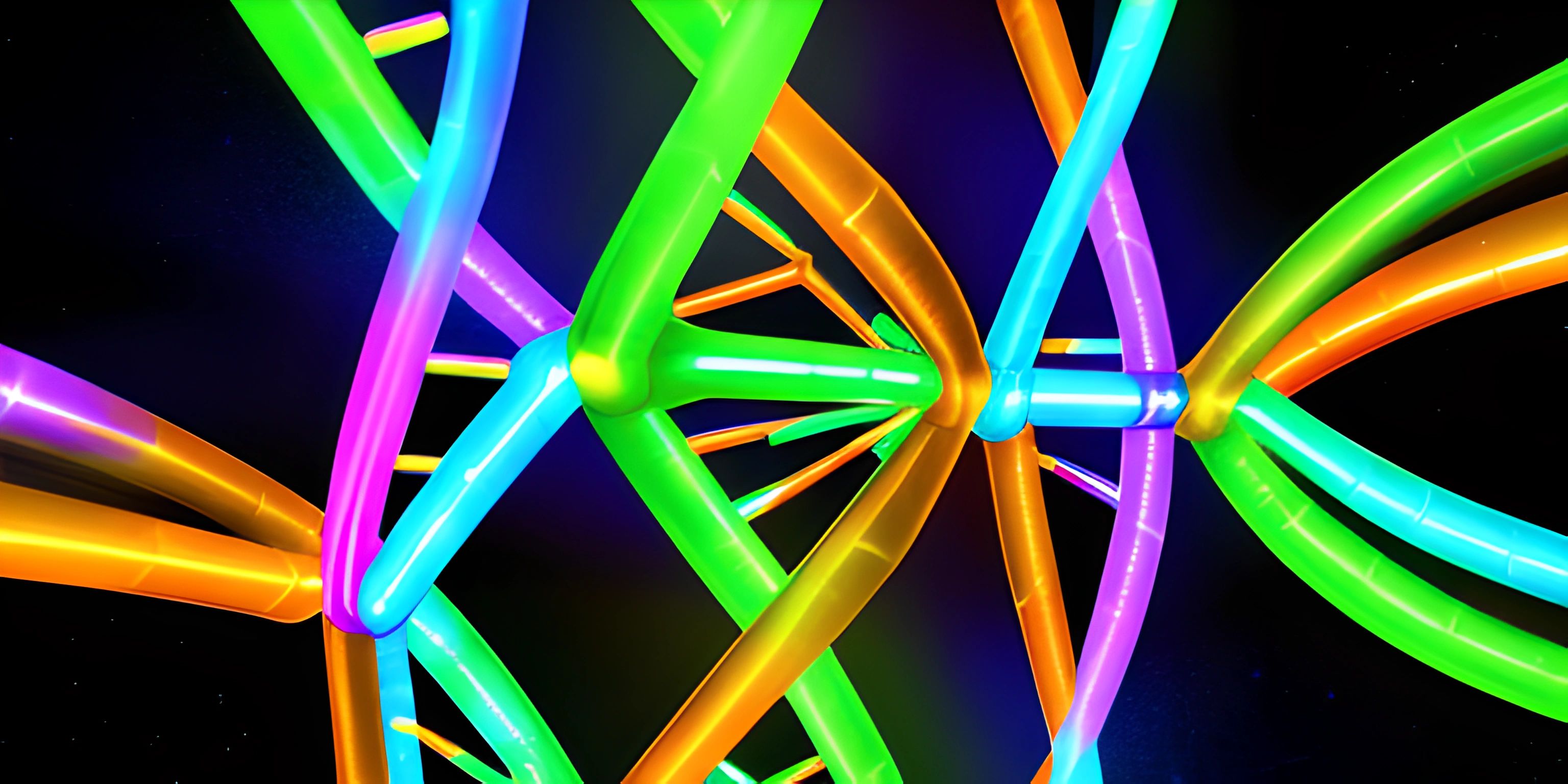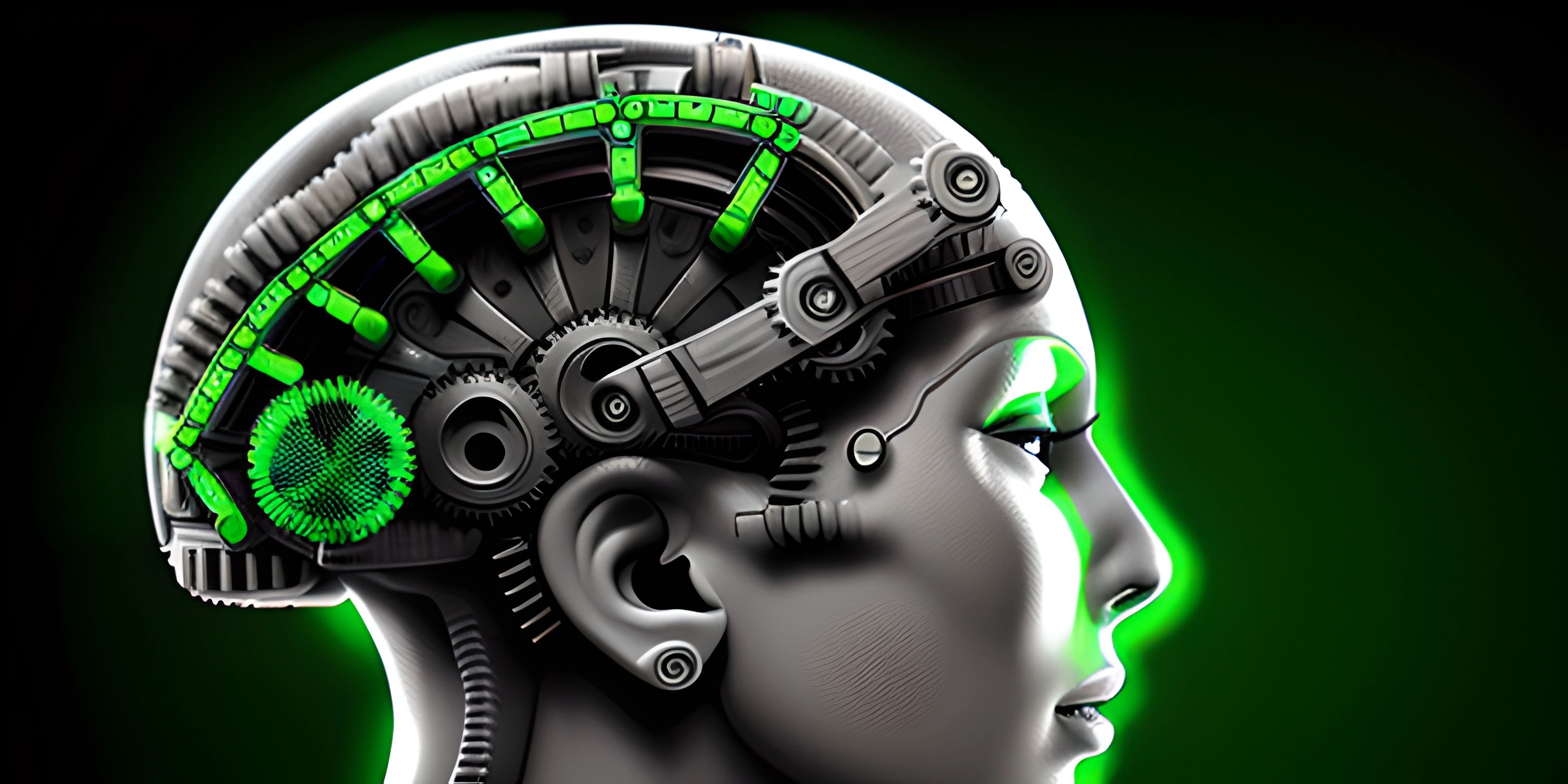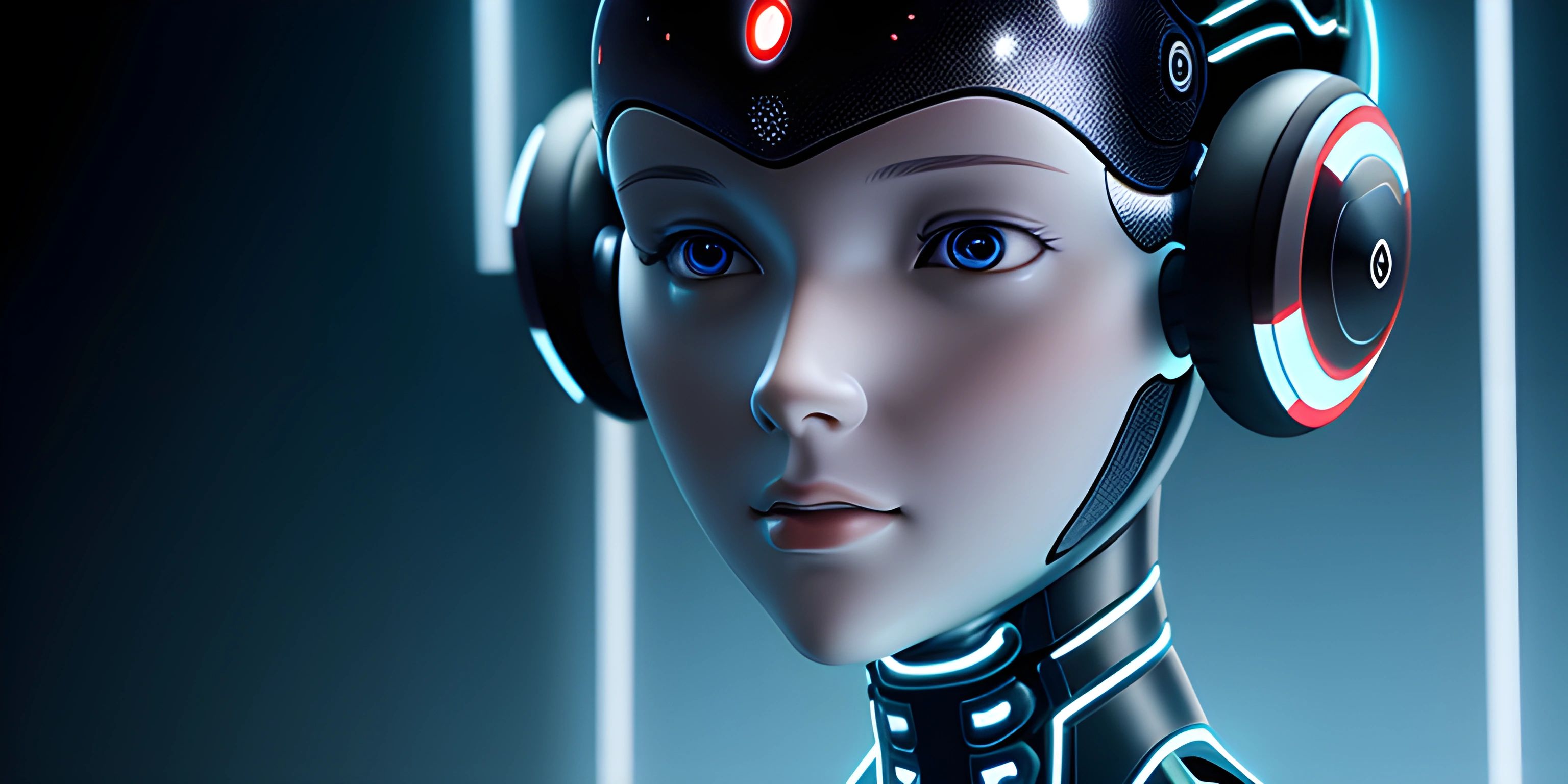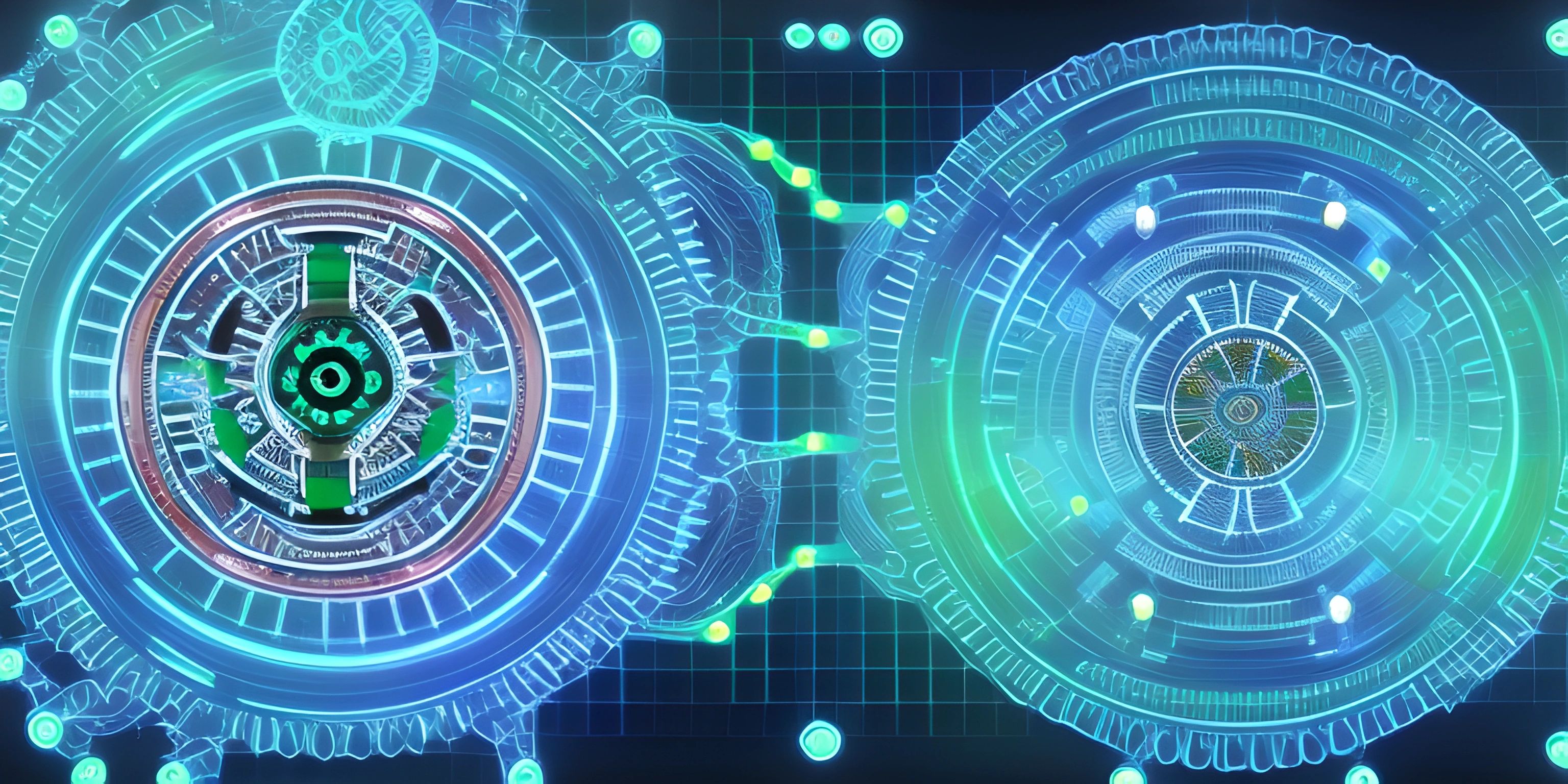Genetic Algorithms: Real World Applications

Note: this page has been created with the use of AI. Please take caution, and note that the content of this page does not necessarily reflect the opinion of Cratecode.
Genetic algorithms (GAs) are a powerful tool for optimization and search problems, inspired by the process of natural selection. But where do these GAs really shine? Let's dive into the fascinating world of real-world applications of genetic algorithms.
Traveling Salesman Problem
In the traveling salesman problem (TSP), a salesman must visit a number of cities and return to the starting point, taking the shortest possible route. As the number of cities increases, the possible routes grow exponentially, making it a perfect challenge for GAs. By representing routes as chromosomes and evolving them through generations, GAs can efficiently find near-optimal solutions to the TSP.
Machine Learning
With the explosion of data in the modern world, machine learning has become a crucial tool for processing and making sense of it all. GAs can be used to optimize the architecture of neural networks, select features for machine learning models, and fine-tune hyperparameters. This process allows GAs to produce models with higher accuracy and better generalization capabilities.
Robotics
Robots are becoming increasingly common and versatile, but designing effective robotic systems can be a complex task. GAs can be used to optimize robot control strategies, path planning, and even their physical design. By using genetic algorithms, researchers have been able to create robots that can adapt to different environments and tasks more effectively.
Game Design
GAs are a great tool for creating challenging and engaging games. They can be used to evolve artificial intelligence (AI) opponents that adapt to the player's skill level or generate interesting and varied game content, such as levels or items. For example, GAs have been used to generate the procedural terrain in games like Minecraft and No Man's Sky, ensuring that each player's experience is unique.
Scheduling and Timetabling
Managing scheduling and timetabling problems can be a complicated task, especially when considering multiple constraints and objectives. GAs have been successfully applied to optimize schedules for schools, universities, transportation systems, and even sports leagues. By evolving schedules through generations, GAs can efficiently find solutions that satisfy the various constraints and minimize conflicts.
Bioinformatics
The field of bioinformatics deals with the analysis and interpretation of biological data, such as DNA sequences or protein structures. GAs have been used to solve various problems in bioinformatics, including sequence alignment, gene expression analysis, and the prediction of protein structure. By evolving candidate solutions, GAs can help researchers discover meaningful patterns and relationships in these complex datasets.
Conclusion
Genetic algorithms offer powerful solutions to a wide range of real-world problems, from designing robots to optimizing schedules. As our understanding of GAs continues to grow, we can expect even more exciting and innovative applications in the future. Strap in and hold on tight, because the world of GAs is a thrilling one!
Hey there! Want to learn more? Cratecode is an online learning platform that lets you forge your own path. Click here to check out a lesson: Why Program? (psst, it's free!).
FAQ
What are some common real-world applications of genetic algorithms?
Genetic algorithms have been successfully applied in various fields, including:
- Optimization problems: Genetic algorithms are often used to find optimal solutions for complex problems, such as traveling salesman problem, scheduling, and resource allocation.
- Machine learning: They can be used for feature selection, hyperparameter tuning, and evolving neural networks.
- Robotics: Genetic algorithms can help robots learn and adapt their behavior through evolving control systems.
- Bioinformatics: They're used in DNA sequence alignment, gene prediction, and molecular modeling.
- Game development: Genetic algorithms can be used to create more intelligent AI opponents or to procedurally generate content like levels, characters, and items.
How do genetic algorithms mimic the process of natural selection?
Genetic algorithms mimic the process of natural selection by using the concepts of population, reproduction, mutation, and selection to evolve solutions to problems. The algorithm starts with an initial population of candidate solutions, usually represented as bit strings or chromosomes. It then proceeds through a series of iterations, or generations, where each generation involves the following steps:
- Selection: A portion of the current population is chosen based on their fitness, which is a measure of how well they solve the problem at hand.
- Crossover: Pairs of selected individuals are combined to produce offspring solutions, which inherit characteristics from their parents.
- Mutation: Some offspring undergo small random changes in their chromosome, simulating genetic mutations.
- Replacement: The new generation of offspring replaces some or all of the previous generation in the population. This process continues until a termination condition is met, such as reaching a maximum number of generations or finding a solution that meets a desired level of fitness.
What is the difference between genetic algorithms and traditional optimization techniques?
Traditional optimization techniques, such as hill climbing or gradient descent, often rely on deterministic search methods and require continuous, differentiable functions. They can be sensitive to the choice of starting point and may get stuck in local optima, failing to find the global optimum. Genetic algorithms, on the other hand, are stochastic search methods that work with discrete, non-differentiable, and even noisy functions. They explore the search space by maintaining a diverse population of candidate solutions and applying operators inspired by biological evolution. This allows genetic algorithms to escape local optima and search for better solutions more effectively.
Are there any limitations to using genetic algorithms?
While genetic algorithms are a powerful optimization tool, they do have some limitations:
- Computational cost: Genetic algorithms can be computationally expensive, especially for large-scale problems or those with complex fitness functions.
- Premature convergence: The algorithm might converge to a suboptimal solution if the population diversity is lost too early.
- No guarantee of finding the global optimum: Although genetic algorithms are less likely to get stuck in local optima compared to some traditional methods, there's still no guarantee of finding the true global optimum.
- Parameter tuning: Choosing appropriate parameter values for population size, crossover rate, mutation rate, and selection strategy can be challenging and problem-specific. Despite these limitations, genetic algorithms are a versatile and effective approach for solving a wide range of optimization problems in various fields.





